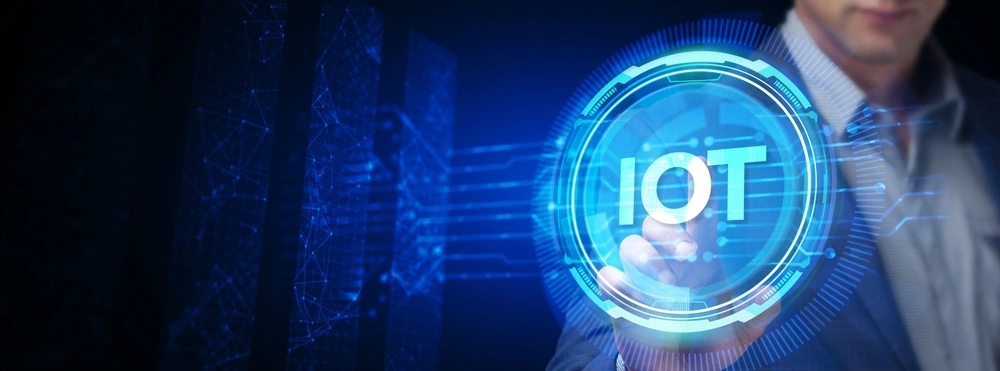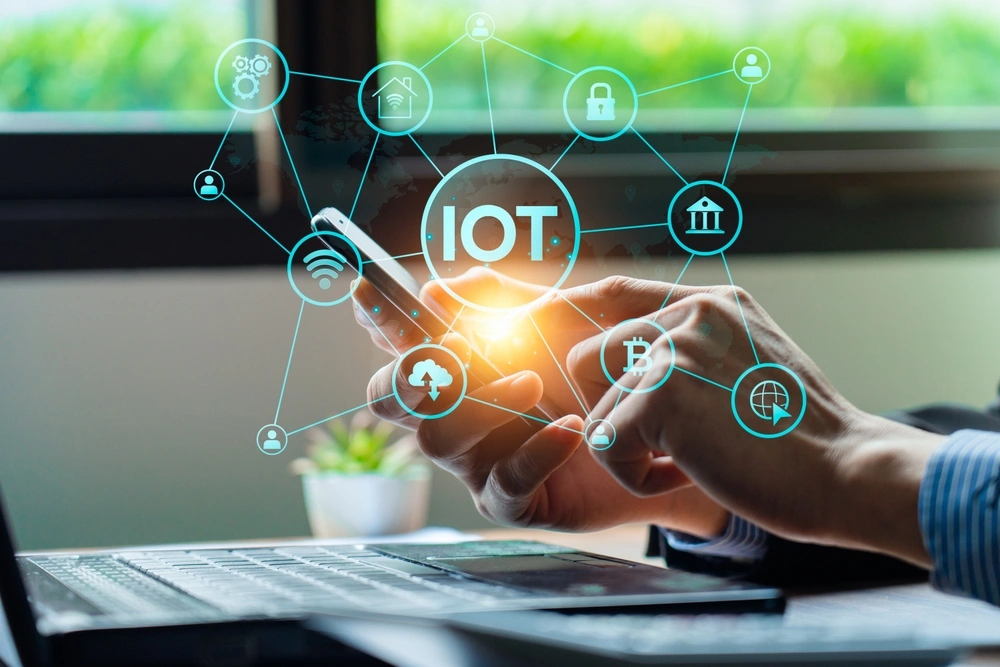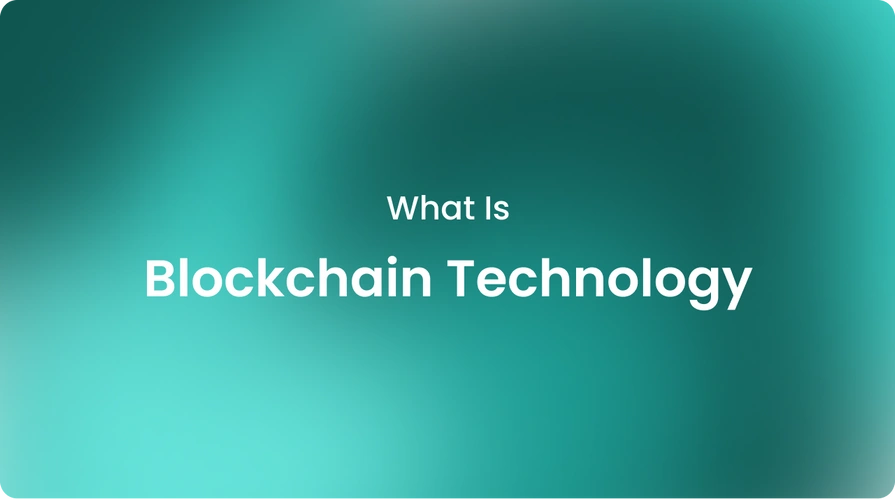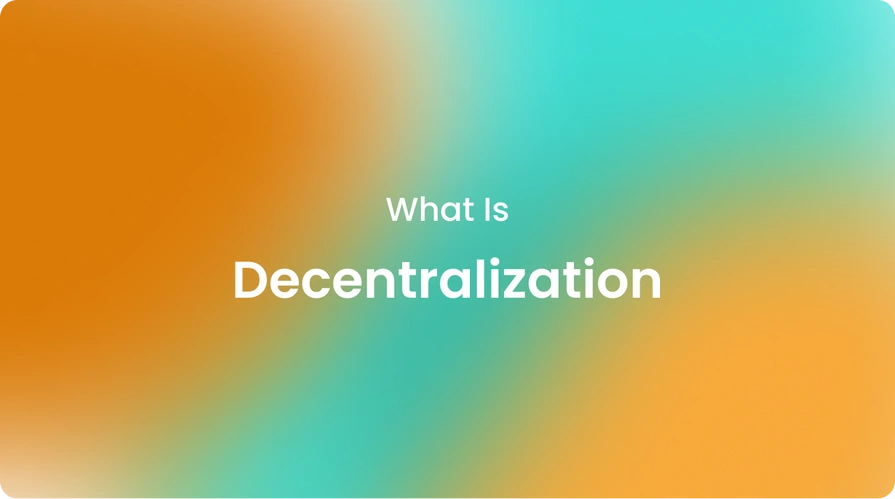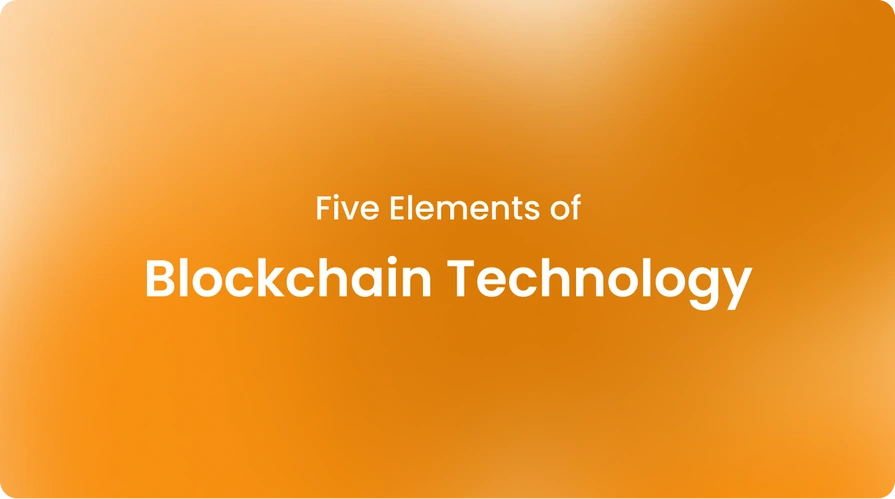|technology, knowledgehub
What Is IoT and What Are Its Examples?
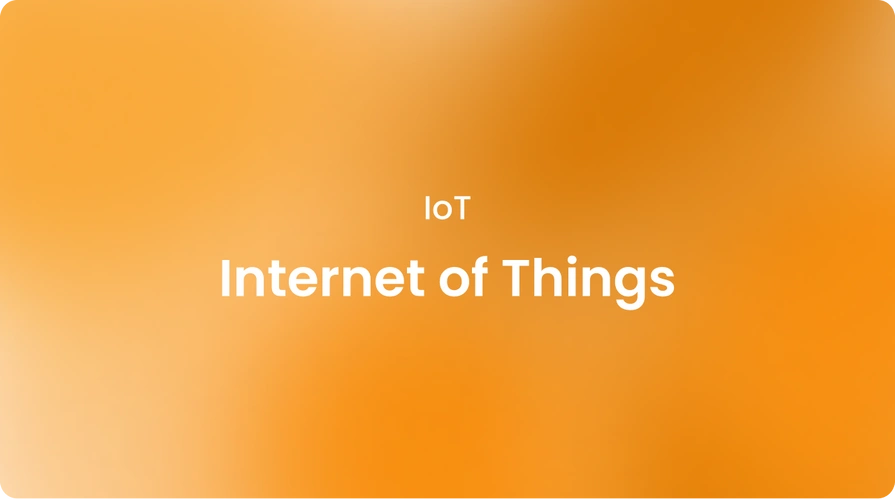
The Internet of Things (IoT) refers to a network of physical devices, vehicles, home appliances, and other items embedded with electronics, software, sensors, and connectivity that enables these objects to connect and exchange data.
As the interconnectivity of "things" expands exponentially, new possibilities are emerging in domains ranging from industrial automation to personal consumer products. Join us in this blog as we explore IoT in detail from its history to its future. Let’s start!
What is the history of the Internet of Things?
The concept of an interconnected network of devices emerged in the 1980s with the introduction of radio frequency identification (RFID) technology, which enabled remote identification and tracking of assets.
By the 1990s, more advanced connectivity options like Bluetooth emerged, and more projects integrating machine-to-machine communication prototypes were launched.
The term "Internet of Things" itself was coined by Kevin Ashton of the Massachusetts Institute of Technology in 1999. By 2010, growing investments in IoT technologies and infrastructure allowed for greater scalability and business applications, leading to the interconnected world we see today.
What technologies have made the IoT possible?
While pre-existing technologies formed a foundation, the large-scale realization of IoT would not have been possible without advancements in key enabling technologies in recent decades. Some that have been instrumental include:
- Sensors. Low-cost sensors have advanced significantly, allowing the monitoring of variables like temperature, humidity, movement, etc.
- Networking. Cellular technology like 4G/5G and protocols like 6LoWPAN provide the connectivity backbone.
- Edge and cloud computing. Resources at the edge and cloud allow for real-time processing and analytics of device data.
- Data analytics. AI and ML techniques help extract insights from vast volumes of streaming device data.
- Hardware improvements. Advancements in areas like processors, memory, and power have made devices smarter and more affordable.
What are the pros and cons of IoT?
Like any new technology, IoT also has its advantages as well as potential disadvantages. The pros of IoT include better efficiencies, asset management, environmental benefits, enhanced experiences, and greater business opportunities.
However, expanded connectivity raises risks in terms of security, privacy, e-waste, and job displacement. Careful planning, policies, and oversight are needed to maximize the pros and curb the cons of this rising connectivity.
How does IoT work?
There are three main components at the heart of any IoT system: sensors, connectivity, and data analysis, as described earlier. Sensors first identify and gather information about the physical world and objects.
This data is then transmitted using networking technologies to the cloud or edge nodes for processing. From there, advanced data analytics using techniques like machine learning extract useful insights and knowledge. The results may then flow back to devices and applications for people to take the needed actions.
What are the three main components of the IoT?
To summarize the three main components of the IoT:
- Sensors and actuators. Devices like RFID tags, sensors, wearables, etc. that can sense or impact the physical world.
- Connectivity. Technologies that enable the transmission of sensed data between devices and apps. This includes LAN, WiFi, cellular 5G, etc.
- Information systems are cloud platforms, databases, and analytics engines that receive raw data, extract intelligence, and enable useful applications.
In this regard, Cryptobunq offers crypto wallets, crypto exchange APIs, crypto checkout and invoicing solutions, batch crypto payments, and many more features within its one-stop shop for the crypto needs of IoT information systems. Explore our latest CBQ case studies to learn more about our services!
What are the four types of IoT?
The types of interconnectivity within IoT systems can be broadly categorized into:
- Device-to-device communication
- Device-to-Cloud Communication
- Human-to-device communication
- Human-to-human communication via devices
These different categories demonstrate how people, objects, data, and processes can be interlinked in the IoT paradigm. Rising connectivity has enabled new possibilities especially with the adaptation of blockchain technology.
Why is IoT important?
The expanding IoT networks are important because they unlock numerous efficiencies and opportunities across many industries. Some key reasons why IoT is essential include:
- Driving automation and remote monitoring capabilities. The IoT allows machines, infrastructure, and processes to be operated and tracked remotely without direct human supervision.
- Enabling contextual experience and efficiency. The extensive connectivity helps deliver more customized experiences and optimized workflows based on real-time data analysis.
- Catalyzing new business models. IoT empowers outcomes-based pricing schemes, new marketplaces, and access to streams of recurring data-driven revenue.
- Scaling productivity. When physical processes are more tightly integrated with the digital world, productivity and output can increase exponentially with minimal overhead.
- Future-proofing innovation. Building on IoT capabilities prepares organizations to capitalize on emerging technologies in areas like AI, blockchain, robotics, etc.
- Enhanced safety, reliability, and sustainability. IoT applications foster the prevention of outages and downtime and optimize resource usage, further driving operational excellence.
What are the benefits of IoT for organizations?
Organizations across sectors have gained a wide array of benefits by leveraging IoT technologies.
- Asset monitoring helps track utilization and perform predictive maintenance for maximum uptime.
- Remote operations allow remote oversight and operation of infrastructure from a central command center.
- Improved supply chain offers end-to-end visibility, provides demand forecasting, optimized inventory, and dynamic order routing.
- Enhanced customer experiences with real-time insights enable better customization and delivery of personalized products and services.
- Data-driven innovation enables access to operational data, drives fact-based R&D and pivots to shifting market trends quickly.
- Energy optimization efficiency drives like automation and smart metering lower costs through optimized consumption.
What is the future of the Internet of Things?
Looking ahead, as more and more physical assets and processes are integrated withinIoT networks, the very fabric of society will undergo some fundamental changes, fueled by advancements such as:
- Edge and fog deployment: The processing of time-critical IoT workloads will shift from centralized clouds to distributed edge servers and nodes.
- Pervasive integration: IoT will be truly embedded within most products and infrastructures, from homes to entire cities, in an invisible, seamless manner.
- AI and analytics: Leveraging the vast streams of data, AI capabilities within IoT systems will become far more sophisticated, unlocking newer forms of intelligence.
- Blockchain adoption: Decentralized networks for applications in areas of digital identity management, payments, and the supply chain have the potential to further unlock IoT's business benefits.
- Newer technologies: Areas such as 5G, edge orchestration platforms, and quantum computing will deeply impact how IoT infrastructure and processes are architected going forward.
- Sustainable transformation: Efficiencies from IoT adoption across industries will be invaluable for meeting climate action goals through optimization of resources and logistics.
The bottom line
With organizations like Cryptobunq enabling scalable blockchain and crypto solutions through services for payments, wallets, and APIs, the opportunities for the future of the Internet of Things will truly be limitless in the coming data-driven economies.
The future relies on the extensive connectivity that IoT promises to sustain innovation and human progress. Explore our expert crypto and blockchain solutions and adapt into the future with Cryptobunq. Contact us today and take a step forward for your projects!
